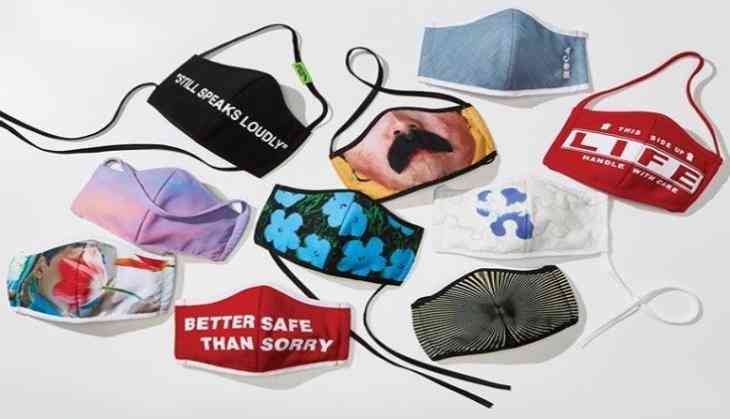
In the midst of Omicron variant upsurge people are thinking twice before reaching out for their colorful, reusable cloth face masks.
"They can be really good or really terrible," determined by what material is utilized, said Trish Greenhalgh, professor of primary health care services at the University of Oxford.
Double or triple-layer masks made with mix of fabrics can be considerably efficacious, but a lot of cloth face masks are nothing more than "fashion accessories," as per Greenhalgh.
As the extremely transmittable omicron variant causes Covid infections to rise globally, governments around the world are rigidifying curbs to try and cease its spread. Earlier, Britain restored mandatory mask wearing on public transport, shops and in some indoor venues, having previously loosened the orders in the summer.
All through the pandemic, the administration in different places have stated different things about when and why healthy people should don face masks and what kind of masks they should go for.
The major snag with a cloth face mask is they do not have to comply with any type of health standard, says Greenhalgh, those making N95 masks, namely, have to ensure they filter out 95% of particles.
Nevertheless, quality filtration is useless if the mask does not cover your nose and mouth properly. You also need to be able to breathe with ease through the cover, Greenhalgh said. Environmentally or money-worried people used to opt for cloth masks because they could be washed but there are reusable coverings that meet filtration standards.
People in Canada are already being advised to shed single-layer cloth masks in liue of tighter fitted ones.
Peter Juni, head of Ontario's Science Advisory Table in an interview with CTV news said, "The issue here is if you have a single-layer, the ability to filtrate is absolutely minimal and doesn't make a difference whatsoever".
Also Read: Omicron cases in India rise to 236, daily tally of COVID-19 infections reaches 7,495


